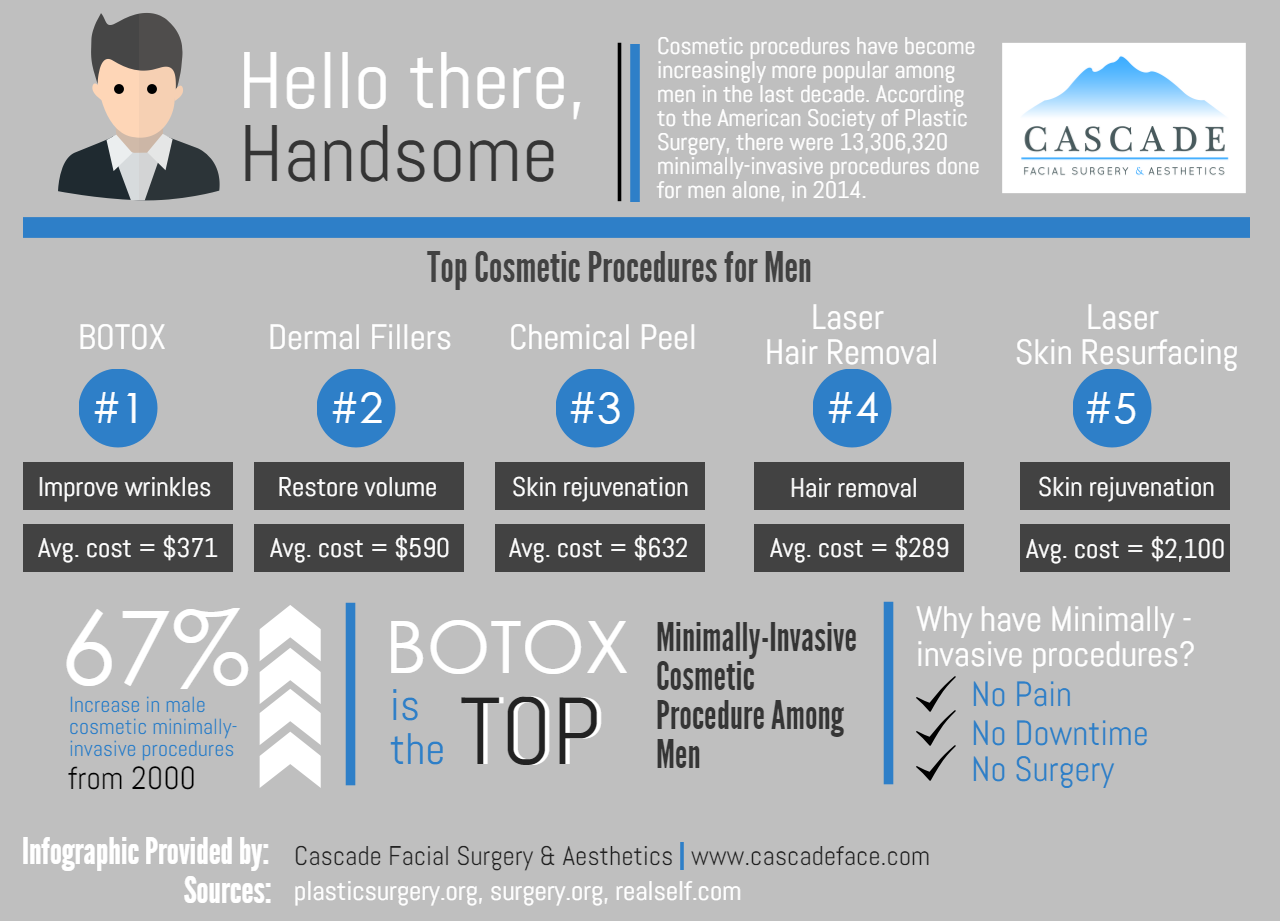How To Treat Adult Acne Effectively
How To Treat Adult Acne Effectively
Blog Article
Ideal Ingredients For Acne-Prone Skin
Benzoyl peroxide eliminates microorganisms that cause acne and assists get rid of excess oil. It additionally aids lower the look of dark spots that linger after pimples clear.
Avoid components that block pores, like mineral oils, and select moistening active ingredients that aid smooth skin. Seek these four best anti-acne ingredients.
Willow Bark Extract
Willow bark extract is a natural source of salicylic acid. When used at cosmetic concentrations, it can cause a similar effect as synthetic salicylic acid without its drawbacks (primarily inflammation).
The essence includes prodrug salicin, which is quickly metabolized to the active compound, acetylsalicylate. Its anti-inflammatory and analgesic impacts come from this metabolite, together with other chemical components of the plant such as phenolic acids, flavonoids, and polyphenols.
It also has sedative homes, which make it effective in treating chronic pain and rheumatic problems such as osteo arthritis. Nonetheless, due to the fact that it has chemicals that resemble pain killers, individuals that have a recognized allergy to aspirin ought to avoid willow bark supplements. It can also interact with a variety of drugs, consisting of pain killers and other nonsteroidal anti-inflammatory medications (NSAIDs) and cyclooxygenase inhibitors, such as ibuprofen (Advil, Motrin), and might raise the threat of tummy blood loss. It can likewise communicate with some diuretics (water pills) and can raise blood degrees of specific medications, such as phenytoin (Dilantin).
Kaolin
Long before AHAs, BHAs and plenty of various other components, charm enthusiasts turned to one of one of the most reliable components to assist avoid outbreaks: kaolin. Kaolin clay is normally adsorbent, which assists to pull excess oil and impurities from skin. It is made use of in make-up, cosmetics, health facility body therapies, and as a mild abrasive in toothpaste. It's additionally utilized in veterinary medicinal items to deal with gastrointestinal issues and in poultices for dealing with wounds.
This mineral clay can be white, yellow, pink or red (red kaolin indicates a high focus of iron oxide) and is usually mixed with eco-friendly tea leaves to create a calming face mask. It can likewise be found in face cleansers and is especially helpful for those with combination or oily skin.
Geige advises trying to find easy formulas without pore-clogging active ingredients, such as alcohol, which can trigger your skin to overproduce oil in an attempt to make up, causing breakouts. Instead, seek a product that contains fatty alcohols like cetyl or shea, as these are much less drying.
Sodium Ascorbyl Phosphate (Vitamin C).
Salt Ascorbyl Phosphate (or SAP, for short) is the "badass all-natural acne treatment" no one's speaking about. It's a water-soluble type of Vitamin C that can be used in greater focus than its older brother, L-Ascorbic Acid, without coming to be unsteady or oxidizing rapidly.
Study shows that it has antioxidant residential or commercial properties and can help in reducing discoloration. It can also work at rebalancing spa sebum production and dealing with acne-causing germs.
Experts concur that skin with acne should be treated with active ingredients that both exfoliate and calm. Search for items that include alpha and beta hydroxy acids (AHAs) to break down dead skin cells and unblock pores, along with anti-inflammatory components like niacinamide. Also, try to find oil-free, non-comedogenic moisturizers that don't obstruct pores. You'll additionally want to include ingredients that work at killing microorganisms, such as zinc sulphate and benzoyl peroxide. Lastly, do not use components that contain occlusive representatives, such as dimethicone and cyclomethicone, which can create a greasy movie on the skin and blockage pores.
Aloe Vera.
There are a handful of medically shown active ingredients-- like salicylic acid, benzoyl peroxide, retinoids and niacinamide-- that have been revealed to help treat acne by unclogging pores, eliminating germs, regulating oil and speeding up skin cell turn over. More natural alternatives like tea tree oil and aloe vera also have antimicrobial, anti-inflammatory and comforting residential or commercial properties.
Called the 'plant of immortality,' Aloe vera is a deep eco-friendly cactus-like plant which contains a gel inside its leaves and can be discovered in sunburn solutions, cosmetic products and restoratives that promote intestinal wellness. But the plant is additionally renowned for its pharmacological and medicinal buildings, and scientists at the Royal Botanic Gardens in southwest London are examining its several claimed healing benefits-- including the anti-inflammatory building of the gel inside the leaf, the capability to manage blood sugar and cholesterol degrees and its duty as an effective shed injury therapist. They are likewise diving into the plant's transformative history to determine what various other plants it could be closely related to that can share some of its beneficial buildings.